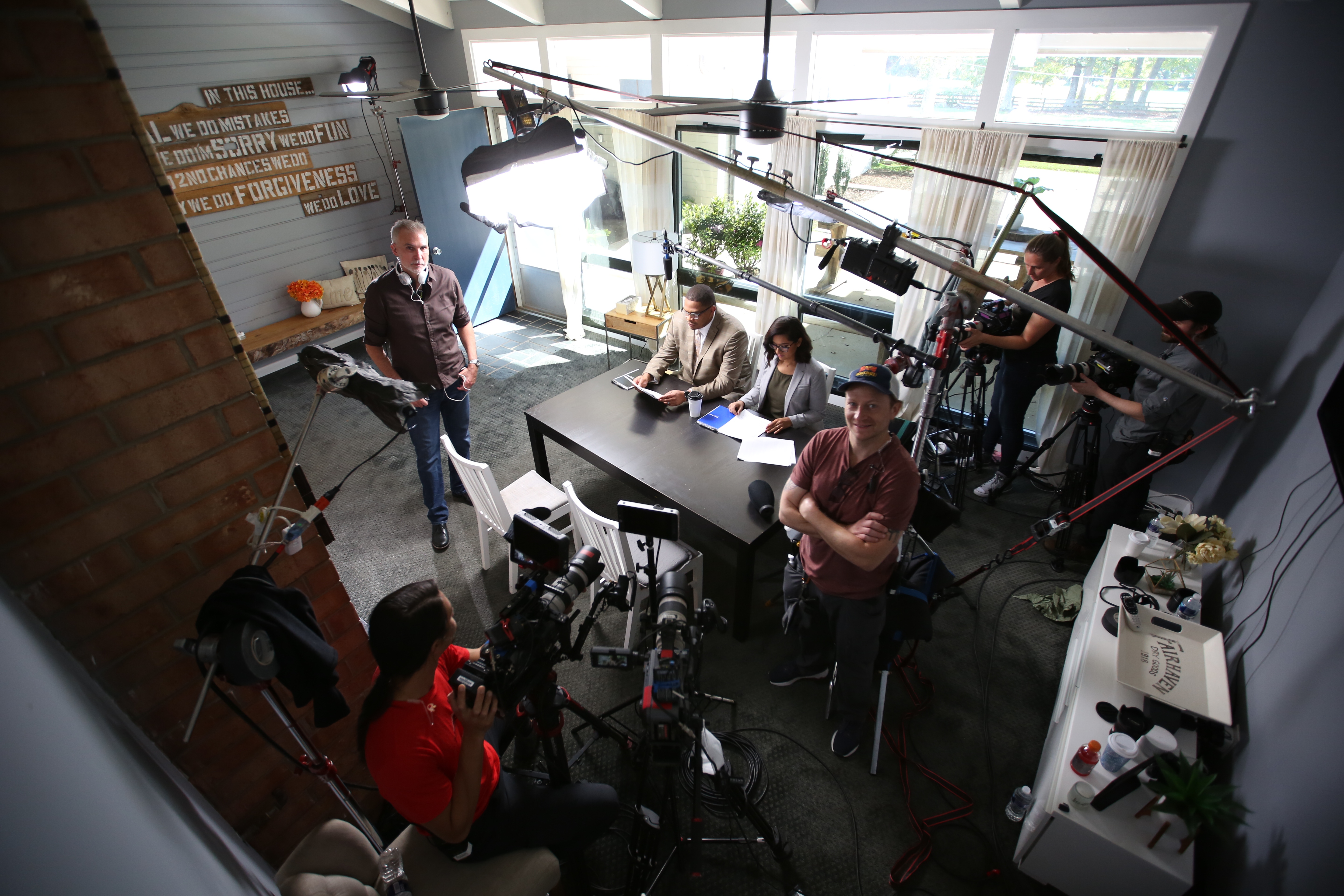
Cinematic Reality
“Those of us in the world of reality TV are entering a golden age where it’s no longer an indulgence to discuss lighting and film composition, but an essential part of the job.”
Television producer Rob Rosen’s credits include stints as a supervising produceron Kitchen Nightmares and, more recently, as executive producer on the hit reality series The Dead Files and Reasonable Doubt. In recent years, he’s observed and helped encourage a trend among reality shows striving to create more cinematically engaging imagery, and he offers his personal perspective on this shift.
In the early days of reality television, any producer who spent too much time discussing lighting or shot composition would quickly get the unwanted reputation of being pretentious and self-indulgent.
The shows were about conflict and competition. As long as the viewers could see Gordon Ramsay’s Shar-Pei-like forehead wrinkle in frustration, or Kim Kardashian’s haute couture as she ran errands around Malibu, no one was complaining.
In 2011, I began show-running the paranormal reality series The Dead Files on the Travel Channel. Instead of seeing cinematography as a necessary evil, the show’s creator, Jim Casey, saw it as an integral part of the storytelling. I was finally going to put my film-school degree from Boston University to use.
We treat each episode of The Dead Files like its own independent horror movie. The show’s cinematographer, AFI alumnus Rob Toth, and I meet to decide what kind of mood, tone and composition each scene calls for. The job has its challenges. We have to work with our locations — there’s no time to paint walls or do elaborate set decorations. We’re also rarely able to shoot scenes with a single camera. This means Rob’s team will use up to 12 lights per setup in order to shape the light for a multi-camera shoot. They’ll often set up a menace arm to create dramatic off-key lighting. For practical reasons, the team favors low-wattage LED lights in order to avoid overloading the circuits.
“Visuals have become a much more integral part of our storytelling, with composition, color, camera placement and lens selection viewed as tools and strategies that can greatly enhance and complement the stories we’re telling.”

In 2016, I created the true-crime series Reasonable Doubt for Investigation Discovery. At this point, there was no turning back. Instead of treating the visuals as an inconvenient afterthought, a big part of the show’s development involved creating a visceral visual style that would immerse the viewer in raw, real-time homicide investigations. We achieved this, in part, by treating the camera as a character in the show. Operators were instructed not to anticipate the action, but to follow it. The show also features dramatic re-creations — another chance for us to flex our cinematic muscles. Using Lensbabies and moody, noir-inspired lighting, we try to create impressionistic and dreamy dramatizations — a stark contrast to the cinéma-vérité footage we get out in the field.

Visuals have become a much more integral part of our storytelling, with composition, color, camera placement and lens selection viewed as tools and strategies that can greatly enhance and complement the stories we’re telling. Should we use a super-wide lens to create distance between two people who are at odds with each other? Should we desaturate the color palette as someone emotionally relives a traumatic memory? How do we position cameras to create a power imbalance in an interrogation?
For veterans of scripted film and television productions, this mindset probably seems rather mundane and obvious — it’s the way you’ve always worked. But those of us in the world of reality TV are entering a golden age where it’s no longer an indulgence to discuss lighting and film composition, but an essential part of the job. Listening to Gordon Ramsay lay into a failed chef is still entertaining, but careful consideration of how to light and compose the angry wrinkles on his forehead is now of equal importance.


